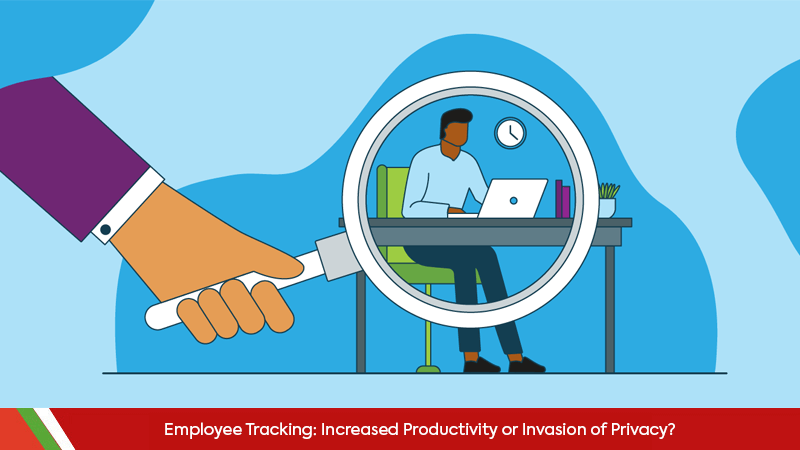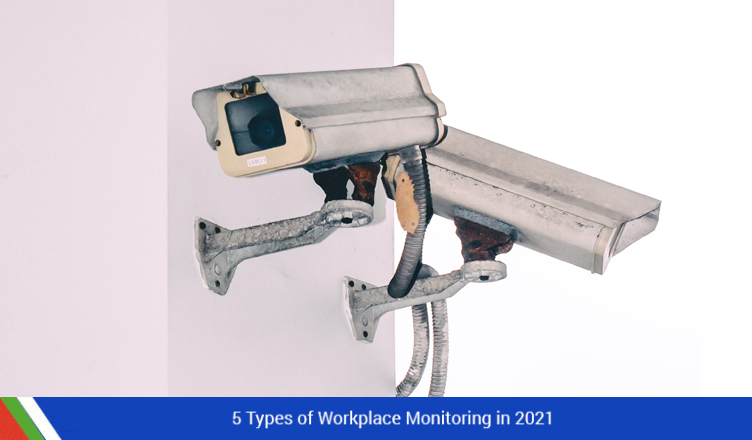The complete monitoring experience for your phone
Get XNSPY and start tracking calls, texts, multimedia, locations and more on any phone!
Get Started Now Live DemoEmployee monitoring software has seen a spike in popularity in recent years, as businesses use it to keep track of their employees’ activities at work. In essence, the method may be a useful tool for assessing one’s productivity, performance, number of hours worked, timeliness, and other important aspects of operating a successful company.
According to data conducted by Clutch, the top B2B ratings and reviews business, 21% of employees in the United States believe that their firms use employee monitoring software. This figure is expected to rise due to the COVID-19 epidemic since many businesses have moved their employees to work from home.
However, according to specialists at Computer World, some employees are concerned about the trend because of privacy concerns and the extent to which employers should monitor their staff. Here are some obstacles that businesses may face while using employee monitoring software, as well as some suggestions for how to overcome them:
1. Privacy Infringement
Privacy invasion is a common complaint made by employees about monitoring software. It’s unclear what they’re being watched for, why they’re being watched for, and how they’re being watched for. Furthermore, there may be skepticism about the aim and potential repercussions of obtaining software in the first place.
There should be total openness between management and employees to ensure that the software’s scope of monitoring is confined to their professional tasks alone. It would also be beneficial if your staff was involved in the software selection process. If your firm is considering purchasing employee tracking software, FinancesOnline has a list of options.
2. Data Protection
The security of employees’ personal information is another important concern. It is a particularly important issue nowadays because many individuals use their devices for work. In addition, as hacking becomes more prevalent in the digital age, data security becomes more insecure.
Companies should invest in top-of-the-line cloud servers to assist in securing the company’s assets, including employee data, to alleviate this issue. Management must ensure employees that their data is secure.
3. Legality
It’s unclear what corporations are authorized to monitor and under what conditions under the law. Different restrictions and requirements depend on the nation and region, so businesses must research legal issues before investing in monitoring software. It will safeguard not just the company’s interests but also the well-being of its workers.
Employees must be trained on the legal implications of employee monitoring when the software is introduced to overcome this issue. Employees will be told from the start that the procedure is legal and that they are aware of the potential consequences of using this program.
4. Distrust
Monitoring, in whatever form, highlights the question of corporate mistrust and loyalty. Is it acceptable to monitor? Will employees be scrutinized all of the time? What are the reactions of employees to being watched? These are some of the concerns that may emerge when an employee monitoring system is implemented.
Companies can get over this obstacle by offering software as a tool for achieving their objectives. It’s critical that the company’s marketing has an aspect of inclusion so that employees may strive for a shared objective. In this sense, the software would be seen as a method to contribute to the company’s success.
Another effective technique is introducing employees to the program to emphasize how it benefits them personally by enhancing their project management abilities. Companies may dispel any doubts their employees might have about the software’s purpose by putting a positive spin on it, turning it into motivation for their staff to succeed.
5. Productivity Result
Employee monitoring software’s primary goal is to increase productivity. However, its efficacy is debatable. Some employees claim that the monitoring app has no significant impact on their production and only increases their workload.
Businesses should emphasize the software’s core goal of increasing employee productivity to address this issue. They may accomplish it by focusing on several methods for increasing production. As a result, the software is positioned as a means to a goal, enabling workers to become their best professional selves.
Conclusion
Apprehensions and uncertainties will accompany the introduction of any new protocols or systems. Employee surveillance and workplace privacy concerns go hand in hand. That’s very natural. As a result, businesses must educate their employees on the advantages of employee monitoring. They must comprehend that the software is a valuable instrument for the company’s success and the personal development of its personnel.
Empowering workers benefit the firm, and including them in the process helps them feel more engaged. It instills in them a sense of value. Isn’t it exactly what we’re looking for?


